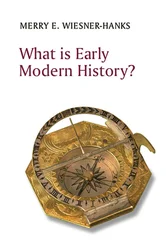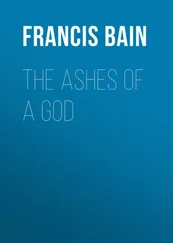As early as 1493 the Benedictine Abbey of Monserrat accepted under compulsion the stricter rule of Valladolid. Its new Abbot, Garcias Cisneros, nephew of the Cardinal, composed a Book of Spiritual Exercises, from which Ignatius of Loyola may have borrowed the title for his very different and much more scientific treatise, when he retired to this convent and was guided by the Benedictine Chanones. As is well known, he received his celebrated wound in fighting the French, who were then at war with the Pope, at the siege of Pampeluna in 1512. The pseudo-Council of Pisa was shortly to be answered by the Fifth of Lateran. In 1511 King and Bishops at Burgos uttered a series of demands which came to this;-that reformation must begin at Rome, the reign of simony end, dispensations no longer make void the law of God; that learning must be encouraged, Councils held at fixed times, residence enforced, pluralities abolished. An unsigned Spanish memorial of the same date is bolder still. It paints in darkest hues the evils tolerated by successive Pontiffs; it proposes sweeping measures which were at last carried into execution by the Council of Trent, aided by the course of events. For the Fifth of Lateran came to naught. Though admonished by Cajetan and Aegidius of Viterbo, dissolute prelates could not reform disorderly monks; Leo X cared only to rid himself of the Pragmatic Sanction. Popes, Cardinals, Curia went forward headlong to the double catastrophe of the Diet of Worms and the sack of Rome.
That which revolutionaries aimed at,—John of Goch, John Rucherath of Oberwesel, Gansfort of Groningen, and finally, Luther, was the pulling down of the sacerdotal, Sacramental system;-hence the abolition of the Mass and the Hierarchy. That which Catholic reformers spent their lives in attempting, was to make the practice of clergy and faithful harmonise with the ideals inherited from their past. Shrines, festivals, pilgrimages, devotions, brotherhoods, new religious Orders like the Minims of St Francis of Paola, and the Third Orders of Regulars, had no other design except to carry on a tradition which came down from St Benedict, St Augustine, St Jerome, the Fathers of the Desert, the ancient Churches. Justification by faith alone, the unprofitableness of Christian works and virtues, the right of free enquiry, with no appeal to a supreme visible tribunal, were all ideas unknown to the Catholic populations, abhorrent and anarchic in their eyes. From the general view which has been taken we may conclude that no demand for revolution in dogma was advanced save by individuals; that the daily offices and parochial ministrations were fulfilled with increasing attention; that abuses, though rife, were not endured without protest; that the source of mischief was especially in the Roman Court, which encouraged learning but made no strenuous effort to restore discipline; that the true occasions, whether of rebellion or reform, were not the discoveries and inventions of a progressive age, but deep-seated moral evils, and above all the avarice and ambition of worldly-minded prelates, thrust upon the sees of Christendom against the express injunctions of Canon Law; that the Bible was open, antiquity coming to be understood, an immense provision of charity laid up for the sick, the indigent, the industrial classes, for education and old age; that decrees of many Synods in every country of the West pointed out the prevailing diseases and their various remedies; and that if in course of time the Council of Trent yielded the essence and the sum of all these efforts, it is entitled to the glory of the Catholic Reformation.
Конец ознакомительного фрагмента.
Текст предоставлен ООО «ЛитРес».
Прочитайте эту книгу целиком, купив полную легальную версию на ЛитРес.
Безопасно оплатить книгу можно банковской картой Visa, MasterCard, Maestro, со счета мобильного телефона, с платежного терминала, в салоне МТС или Связной, через PayPal, WebMoney, Яндекс.Деньги, QIWI Кошелек, бонусными картами или другим удобным Вам способом.












